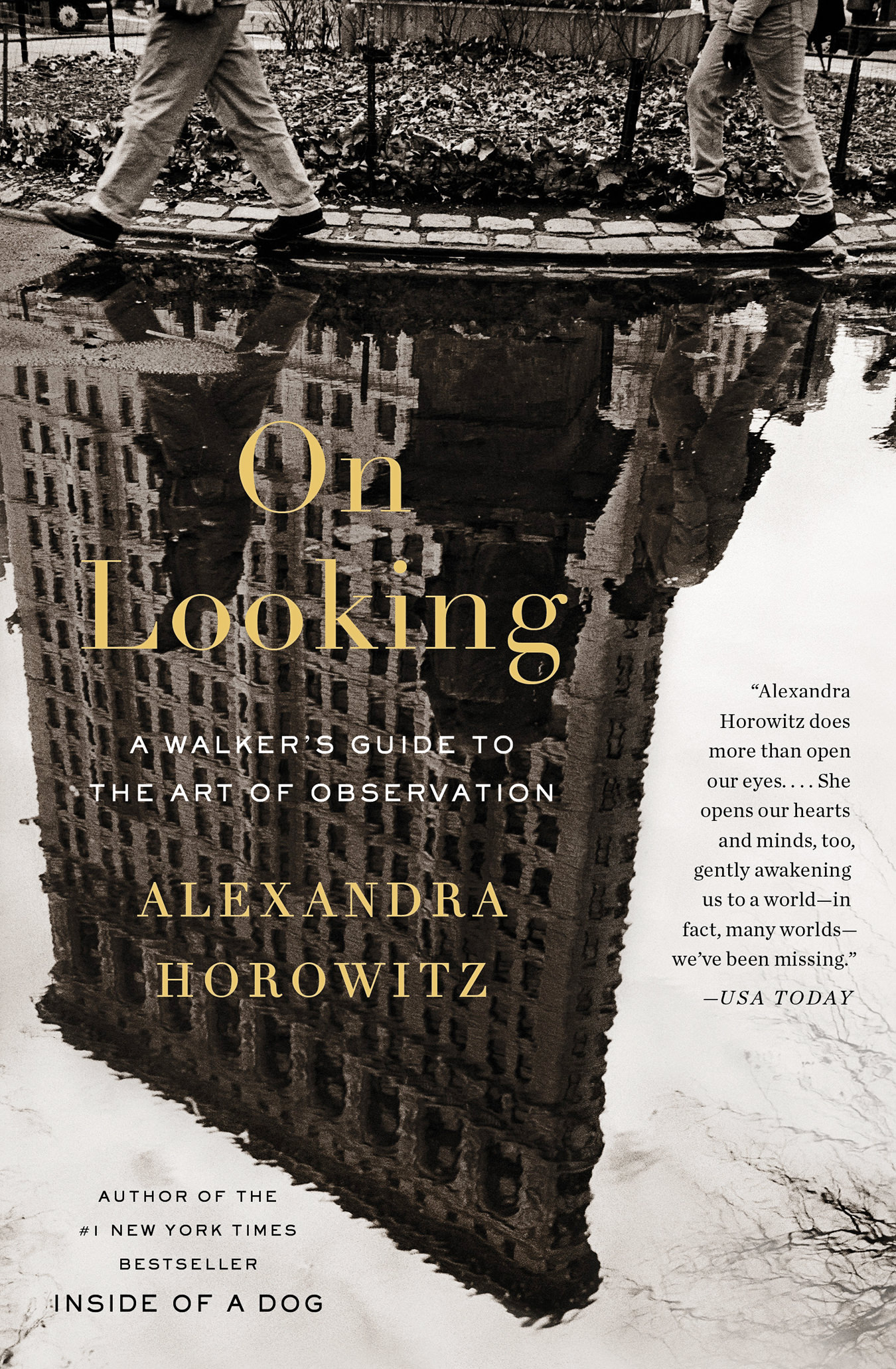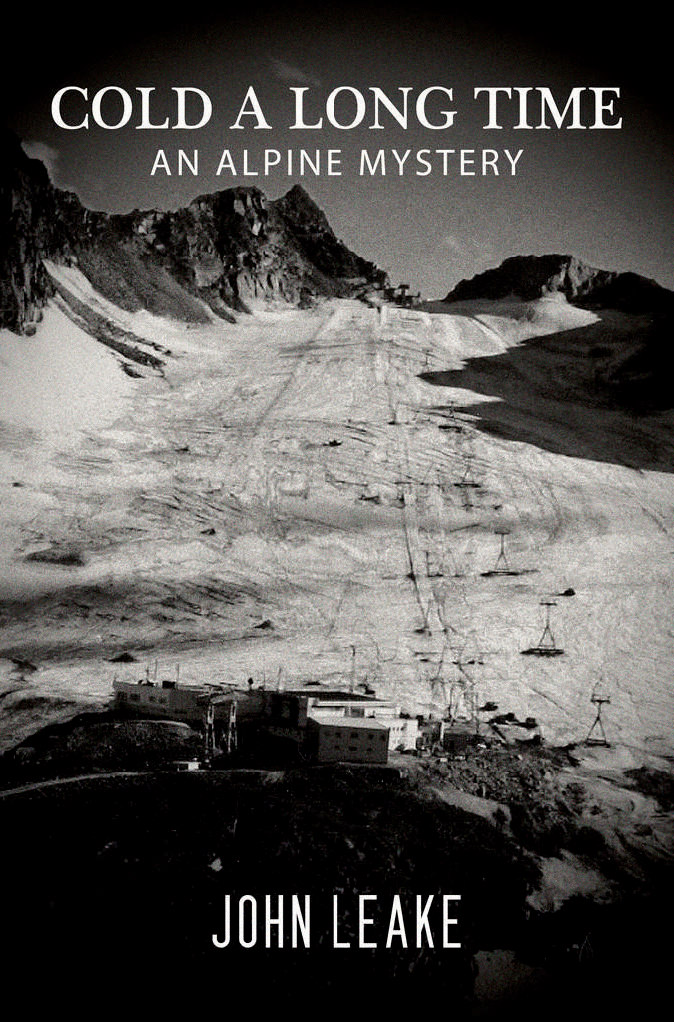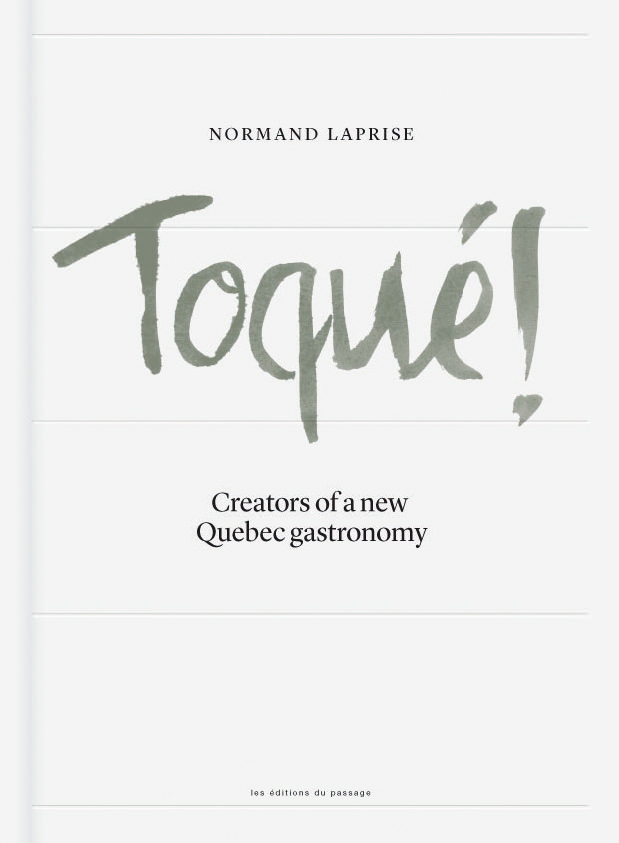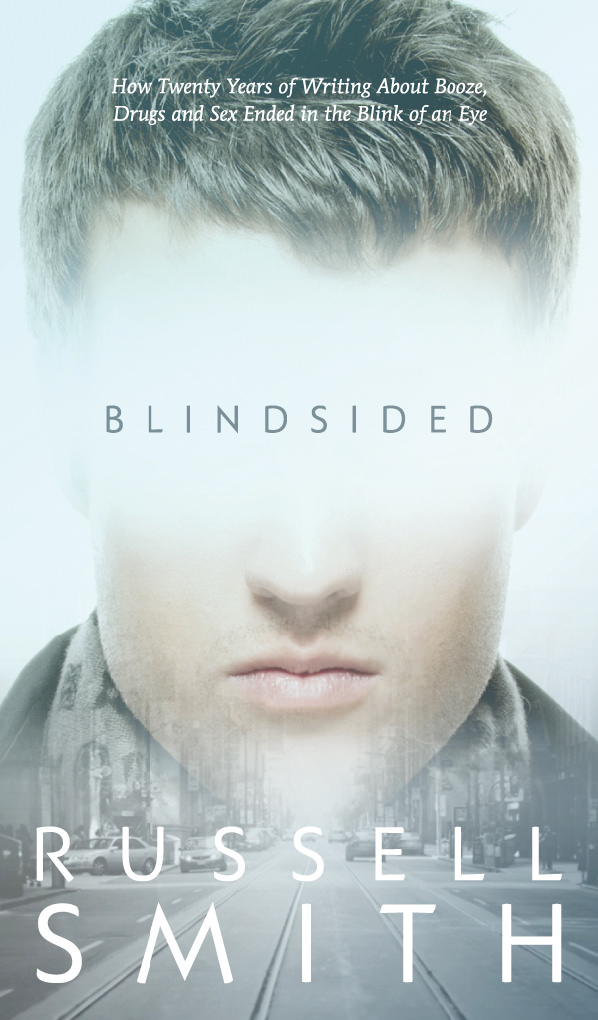Off the Shelf: Material Worth
Books by Mark Miodownik, Alexandra Horowitz, and Scott Horton.
I do love it when a book with the word “enthralling” on its back cover actually turns out to be enthralling. Let it be said I was enthralled by Stuff Matters, just as I was told I would be. When was the last time you stopped to consider a common object, what it was made of, how it behaves, and how it came to be among us? Assuming that few of us make our living from materials sciences, philosophy, or metallurgy, these moments of simple wonder and inquisitiveness usually lie dormant. Only sporadically is our curiosity woken, often only in a rage when we come into unhappy collision with some of our world’s more obstinate and unforgiving edges. Just recently I was dreaming I’d been thrust onto a football pitch as a (hapless, over-ripe) substitute in a Liverpool FC match. My first touch of the (dream) ball was to attempt a big, cross-field (dream) pass to a (dream) winger. I awoke screaming—and not at the referee. I’d kicked the wall nearest my bed full on, and with such force I effectively ended the career of a toenail.
There’s likely a German or ancient Greek word designating that particular hunger for knowl-edge of our physical world that gets rudely imposed on us by that very physical (hard, sharp, hot, rough, dense) world itself. So it was for Mark Miodownik—professor of materials and society at University College London, a materials scientist, engineer, and author of the wildly enjoyable Stuff Matters—when, at the tender age of 16, he became obsessed with the materials surrounding him after being slashed across his back with a razor blade on a Tube station platform in London. It’s a formidable way to open the curtains on a book about the most ubiquitous materials that make up our world, and it never looks back after this hook. Miodownik’s curiosity, wonder, and speculations are deeply infectious, and informative.
In a voice that swings gently between a convincing impression of the guy who actually made all this stuff—Miodownik seems to know everything about everything at the molecular level—and sounding as innocently astonished as we are at learning some of these materials’ remarkable properties and behaviour, Stuff Matters ranges from glass to graphene, porcelain to stainless steel, silica aerogels to biomaterials, toilet paper to samurai swords. It’s the sort of book I wish I’d read decades ago (it hadn’t
been published then) in hopes of feeling less like an alien dropped into an ocean of clutter. Possibly more at home, or at least conversant with the things we kick, bang into, use daily, build with, and consume.
Light passes through the silicon and oxygen atoms in glass because it’s too weak to rearrange those atoms’ structure of electrons. Carbon nanotubes, with a self-assembling molecular structure, have the highest strength-to-weight ratio of any material on the planet—and were discovered (get this) self-assembling in the smoke of a candle flame. Plastic as we know it became a ubiquitous material because ivory became too expensive when the game of billiards took off. Stardust travels through space at incredible speeds but can be slowed down and caught using silica aerogels—an absolutely wondrous entity Miodownik describes as being “like holding a chunk of blue sky in the palm of your hand.” And toilet paper, though a constant environmental drain (27,000 trees/day), is still our bog standard for personal hygiene despite the several alternatives in existence.
If Miodownik’s method is to isolate the natural and synthetic materials that make up the objects in our lives, Alexandra Horowitz approaches the physical world in its chaotic madness, density, and majesty, and attempts to peel back layers by paying different kinds of attention to it. A brainier upgrade on the recent sub-genre of gimmick-memoir, On Looking: A Walker’s Guide to the Art of Observation proceeds from the notion that we so often look and do not see, or even that we look but cannot see. Horowitz—who previously authored the best-selling Inside of a Dog: What Dogs See, Smell, and Know, holds a PhD in cognitive science, and teaches psychology at Barnard College, Columbia University—began wondering, during her daily six-block dog-walking circuit of Manhattan, what it was humans—and not just dogs—could see, smell, and know. Her plan, a master stroke of Tom Sawyer–ing, would be to enlist various other expertly focused individuals to accompany her on these ordinary walks, with the intention of finding out what she might be missing—a sort of archeology of perception. A twist on the “to make the familiar strange” injunction, each chapter re-sees the same urban terrain (more or less) but each time through the lens (and attached epistemological riches) of a different—and differently “sighted”—guide. One of the great charms of this book is that it overlooks social realities. By which I mean, the fact of its being set in New York in no way makes the book’s interest particular or exclusive to that legendary place. Turns out the leaf galls, funnel spiders, and worm droppings in Manhattan are the same (generally) as the leaf galls, funnel spiders, and worm droppings where you and I live, as Charley Eiseman—the entomologist, naturalist, and “invertebrate tracker” Horowitz walks with—will tell you.
Each person she walks with has a unique focus on the world around them. Paul Shaw is a literaphiliac (obsessed with lettering and print) who teaches typography and calligraphy at Parsons the New School for Design. Instead of reading the denotative content of the signage swarming the city, Shaw is hyperaware of the endless quirks, horrors, and beauties of the lettering itself. Sidney Horenstein is a geologist who “reads” the limestone, brick, granite, and other rocks and minerals of man-made New York like a fossil record of its construction. Mary Gordon, a 70-year-old lifetime traveller who, 40 years ago, lost sight in both eyes shows us what it is to “see” by marshalling all the underused senses, including echolocation.
All these and more, Horowitz accompanies, listening exquisitely to each interpretive filter, coming to experience her environment in ways she would never have imagined, or even been capable of without expanding her senses outward. In effect, Horowitz turns these differently assembled experts into a kind of perceptual prosthesis. She proves a wonderful, personable guide, and subtle translator of these voices from elsewhere. The entire book is both an adventure and a reminder that what we do manage to notice day to day is only a very thin layer of the real.
Both On Looking and Stuff Matters are hugely enjoyable reads: fluent, funny, companionable, and wildly informative. We could do worse than take in a reminder of the state of inattention we reside in for the vast majority of our lives. The sheer quantity of information passing us by at any given moment—whether concealed at the level of the molecular, or as part of a matrix of knowledge we haven’t immediate access to—is both humbling and, perhaps, reassuring: that pained sense that we’re just not getting it could be a big aspect of our condition as humans.
If, at the individual level, we’re doomed never to see the whole picture, then at the institutionally collectivized level, in the form of bureaucracies, we seem doomed to a pathologically obsessive need to not just see the whole picture, but to keep it hidden from people who could benefit from a glimpse of it. Lords of Secrecy is about what happens when our humility before the world’s un-knowability morphs into a hubristic belief that its secrets are in fact a currency to be hoarded. Author Scott Horton, a contributing editor at Harper’s Magazine and lecturer at Columbia Law School, lays out the dire reality of his nation’s bloated, metastasizing, paranoid, self-serving, anti-democratic, and ultimately destructive national intelligence services. Were you getting the feeling that things had taken a turn for the sketchy over at the NSA, CIA, DOJ, DOD, FBI, and constant alphabet soup of offshoots? Well, it’s worse than you thought.
Starting with the post–Second World War era, when the CIA and NSA effectively came into being, Horton shows how this wing of the executive branch has effectively severed its operations from all established forms of oversight and governmental checks. The intelligence services now run an army of their own (drones and mercenaries) and behave with vigilant, verging on outright adversarial guardedness toward their country’s judiciary, free press, congress, and whatever sitting president happens to be pretending to rein them in. “Rein them in from what?” you may be wondering. Take then-director of NSA General Keith B. Alexander’s answer during a closed-door meeting while hashing out what amount and kind of U.S. citizens’ personal information should be deemed legally collectible—“Collect it all”—as a good indicator of where they’re at. Assume they’ve jumped the shark, gone rogue, lost the plot. Or, don’t assume it, read Lords of Secrecy, a cool-headed and heavily researched and sourced assessment of the biggest threat to democracy on the planet. Then go ahead and compare the characteristics of these organizations and their ideologues to our own sitting prime minister.
Horton manages to fit a brief but functional intellectual history of democracy into an already compact book, beginning with Protagoras and fifth-century-BC Greece, then leaning heavily on the work of sociologists Max Weber and Daniel Patrick Moynihan with regards to all bureaucracies’ tendency toward self-serving paranoia. Seen in this light, the overweening, self-aggrandizing proclamations of necessity and security regularly trotted out by these agencies ring even more hollow. Lords of Secrecy also makes plain how much we owe to Edward Snowden and other whistleblowers before him. His actions represent the last chance of any manner of brake being applied to a runaway machine.







